Exploring UNESCO World Heritage Sites is like embarking on a journey through the tapestry of human history and natural marvels.
These sites, recognized by the United Nations Educational, Scientific and Cultural Organization (UNESCO), represent some of the most significant cultural and natural treasures on our planet.
From awe-inspiring ancient ruins that whisper tales of civilizations long gone, to breathtaking natural landscapes that showcase the Earth’s geological wonders, each site is a testament to our diverse heritage and the beauty of the natural world.
This guide offers insights into why these locations are must-see destinations in your lifetime, promising unforgettable experiences and a deeper understanding of our world’s rich history and natural splendor.
UNESCO World Heritage Sites
Mount Kōya, Japan
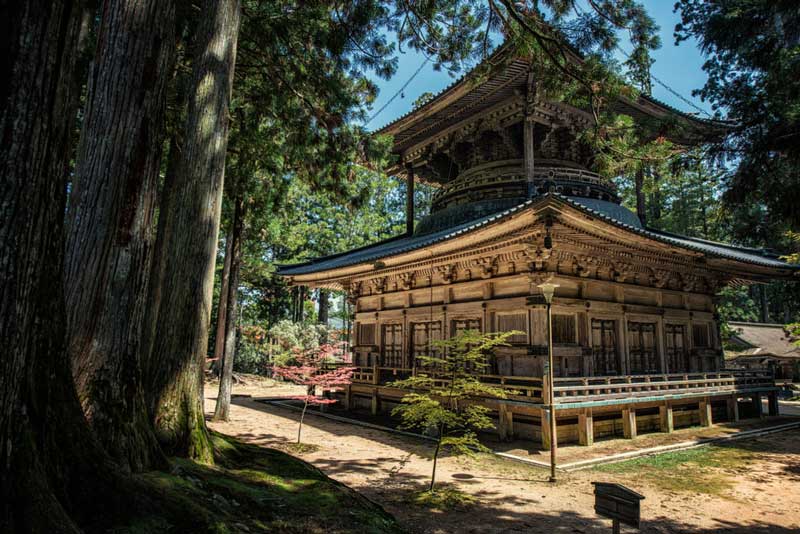
Mount Kōya
Mount Kōya, located in Wakayama Prefecture, Japan, is an extraordinary blend of cultural heritage and natural beauty. It’s the heart of Shingon Buddhism, founded by the revered monk Kukai, known as Kobo Daishi, in the early 9th century. The mountain sanctuary is home to over 100 temples and monasteries.
The Kongobuji Temple stands as the central temple of Shingon Buddhism, featuring Japan’s largest rock garden and stunning screen paintings. The spiritual atmosphere is further enriched by the Danjo Garan complex and the iconic Konpon Daito Pagoda.
The most sacred site, however, is Okunoin Cemetery, holding Kobo Daishi’s mausoleum and over 200,000 gravestones of significant historical figures.
Walking through the mystical paths lined with ancient cedars and moss-covered stones offers a serene and reflective experience. Pilgrimage trails, such as the Kumano Kodo and Choishi-michi, add to the area’s spiritual significance, drawing visitors to traverse these historical paths.
Ennedi Massif, Chad
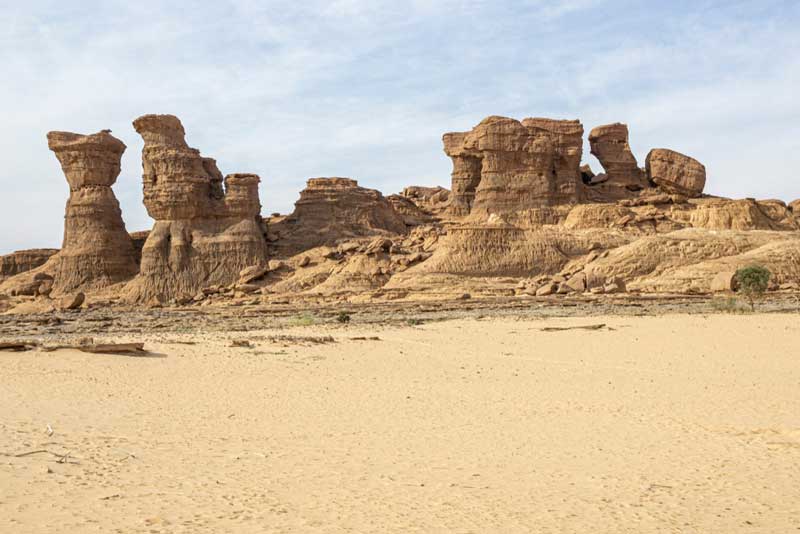
Ennedi Massif
The Ennedi Massif in Chad is a remarkable site, offering a unique blend of natural beauty and historical significance. This vast sandstone plateau, often likened to a labyrinth of bizarre rock formations, deep gorges, and valleys, is sculpted by centuries of wind and water erosion.
It’s a vivid reminder of the Sahara’s green past, with remnants of monsoon rains transforming it into a fertile savanna about 10,000 years ago. Today, the Massif is a refuge for diverse wildlife, including a small population of crocodiles, survivors of a once widespread species.
The Ennedi Massif is also celebrated for its extensive and well-preserved rock art, dating back thousands of years, providing a window into the past cultures of the Sahara.
This art features scenes of everyday life, animals, and changing climates, offering insights into the region’s history. Despite its remote location and challenging environment, the Ennedi Massif’s awe-inspiring landscapes and historical treasures make it a site of unparalleled importance and beauty.
Tokaj Wine Region, Hungary
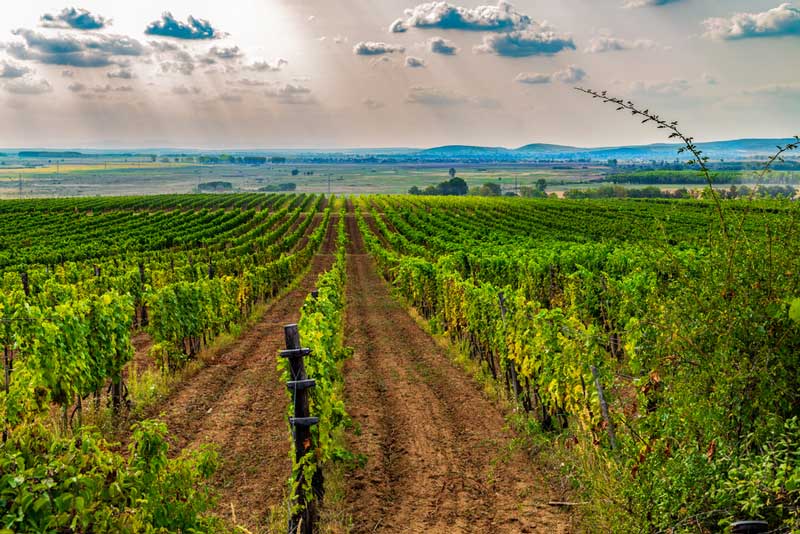
Tokaj Wine Region
The Tokaj Wine Region in Hungary is renowned for its long history and unique wine-making traditions. This region is celebrated for producing Tokaji Aszú, one of the world’s oldest botrytized wines, a sweet wine of exceptional quality and flavor.
The vineyards of Tokaj are situated in a microclimate area, where the meeting of the Tisza and Bodrog rivers creates misty conditions, ideal for the development of noble rot (Botrytis cinerea). This process is critical in creating the distinct and prized sweetness and flavor of Tokaji wines.
The cultural landscape of Tokaj reflects centuries of wine production and the harmonious integration of vineyard cultivation, wine-making processes, and the architectural legacy of the region.
Its cellars and vineyards illustrate the evolutionary process of wine production in this culturally rich and picturesque part of Hungary.
The significance of Tokaj extends beyond its wine; it represents a deep-rooted tradition of viticulture that has shaped the region’s economic, social, and architectural character for centuries.
Lake Turkana National Parks, Kenya
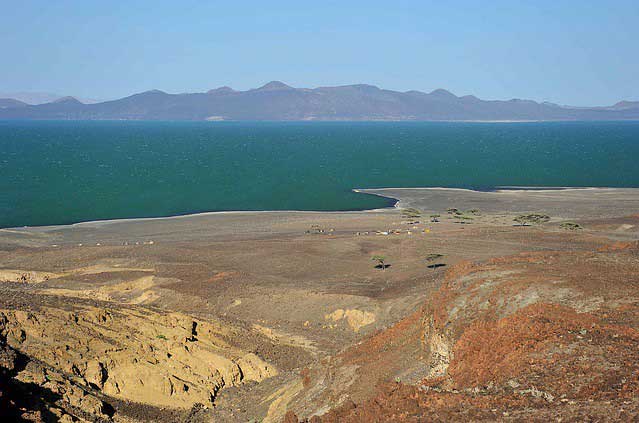
Lake Turkana National Parks
Lake Turkana National Parks in Kenya encompass a stunning wilderness in the northern Kenyan Rift Valley. The parks include Sibiloi National Park on the eastern shore, Central Island, and South Island National Parks, each with its unique ecosystem.
Renowned for its striking blue-green waters, Lake Turkana, formerly known as Lake Rudolf, is the world’s largest permanent desert lake and the largest alkaline lake. This region boasts a rich array of wildlife, including Nile crocodiles, a variety of fish species, and numerous birds.
It’s also a paleontological hotspot, with numerous hominid fossils discovered in the area, making it a key site for understanding human evolution.
Despite its remote location and harsh climate, Lake Turkana retains a wild, unspoiled character, offering a glimpse into both the ancient past and the vibrant ecological present.
Champagne Hillsides, France
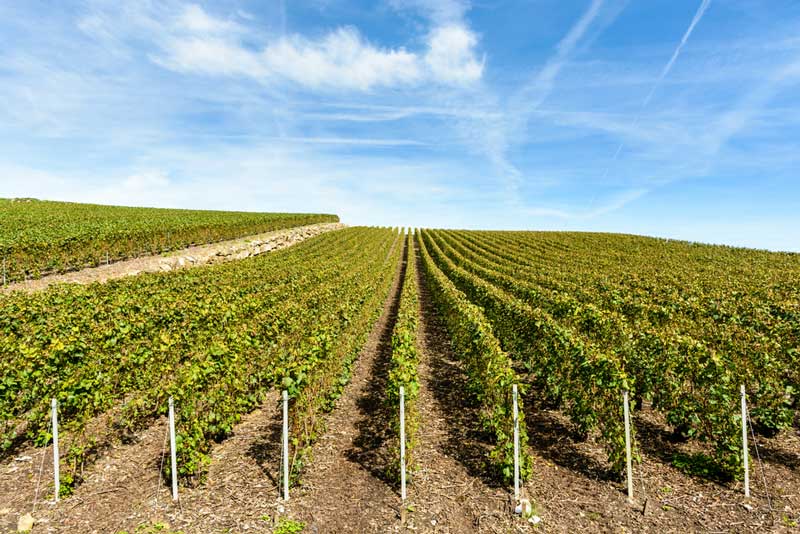
Champagne Hillsides
The Champagne Hillsides in France, famous for their historical vineyards, are a testament to centuries of winemaking excellence. This region is celebrated for producing the world-renowned Champagne, a symbol of luxury and celebration.
The landscape, characterized by rolling hills, vineyards, and historic villages, reflects the evolution of Champagne production over the centuries. The vineyards are carefully tended to maintain the distinct quality and flavor that Champagne is known for.
Visiting these hillsides offers not just a taste of exquisite wines but also a journey through the rich cultural and historical heritage of French winemaking.
The Champagne Hillsides embody a unique interaction between people, their history, and the environment, making them a must-visit destination for wine enthusiasts and cultural explorers alike.
Southwestern Indigenous Sites, United States
The Southwestern Indigenous Sites in the United States, spanning across multiple states, offer a profound insight into the ancient cultures of the region’s Indigenous peoples. These sites include remarkable cliff dwellings, ceremonial kivas, and petroglyphs that date back thousands of years.
Places like Mesa Verde National Park and Chaco Culture National Historical Park showcase the architectural ingenuity and spiritual depth of the Ancestral Puebloans. Exploring these sites allows visitors to connect with the rich history and traditions of Native American communities.
The preservation of these sites provides a crucial link to understanding the diverse cultural heritage of the Southwest and the enduring legacy of its Indigenous peoples.
San Antonio Missions, Texas
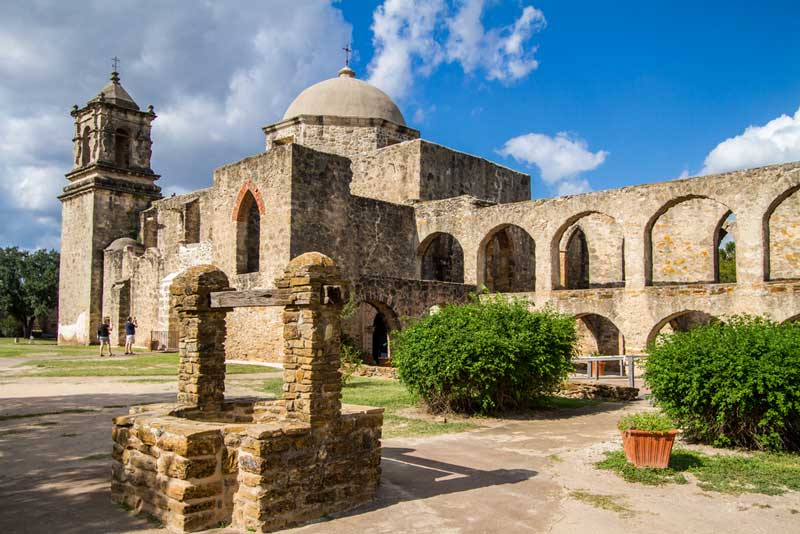
San Antonio Missions
The San Antonio Missions in Texas, a UNESCO World Heritage Site, represent a significant cultural and historical ensemble.
Located along the San Antonio River basin, these five mission complexes, built in the 18th century by Franciscan missionaries, illustrate the Spanish Crown’s efforts to colonize, evangelize, and defend the northern territories of New Spain.
These missions are notable for showcasing the blending of Spanish and Coahuiltecan cultures, reflected in architectural and decorative elements that merge Catholic symbolism with indigenous designs.
The site also includes a ranch, architectural structures, archaeological remains, churches, residential buildings, and ancient water systems, offering a rich glimpse into the region’s colonial past.
Wieliczka Salt Mines, Poland
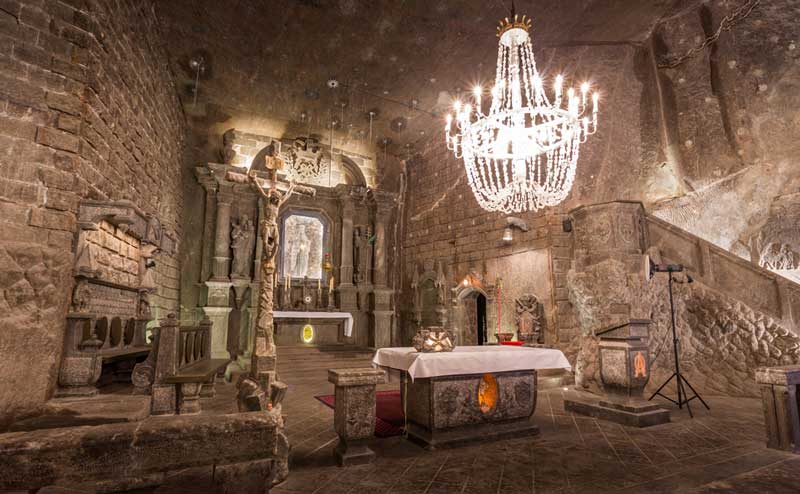
Wieliczka Salt Mines
The Wieliczka Salt Mines in Poland, a UNESCO World Heritage Site, are renowned for their historical significance and sheer architectural marvel. These ancient mines, operational since the 13th century, have played a pivotal role in the economic and cultural development of the region.
Over time, miners have carved out an extensive network of tunnels, chapels, statues, and even an underground lake, all from rock salt, making it an extraordinary subterranean world.
The site serves as a testament to the historical salt mining technology and the cultural traditions associated with it. Today, the mines are a unique attraction, offering visitors an insight into a crucial aspect of Poland’s history and heritage.
Willemstad, Curaçao
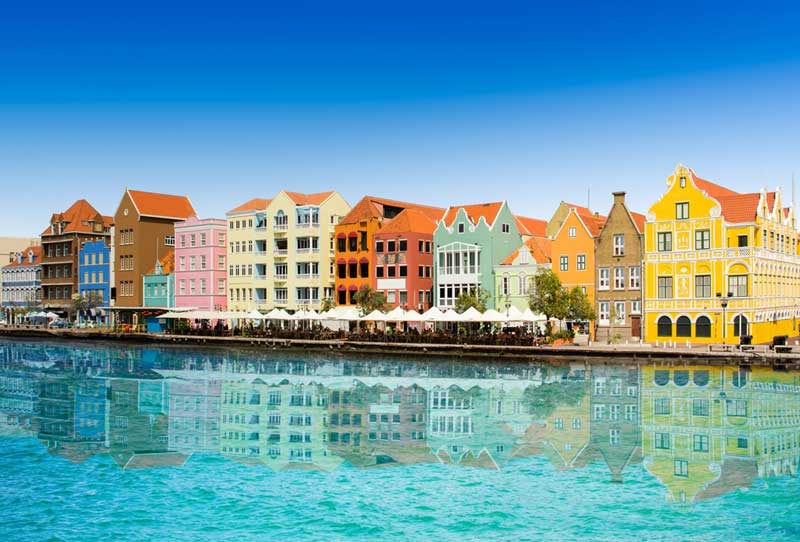
Willemstad
Willemstad, the capital city of Curaçao, is known for its colorful architecture and rich cultural heritage. The city’s unique character is defined by its well-preserved historical buildings that reflect Dutch colonial architecture blended with Caribbean influences.
The distinct neighborhoods of Punda and Otrobanda are particularly notable for their lively streetscapes, iconic pastel-colored buildings, and floating market.
Willemstad’s diverse history and cultural influences are evident in its museums, cuisine, and lively festivals. This historic port city offers a dynamic mix of art, culture, and history, making it a must-visit destination in the Caribbean.
Fossil Hominid Sites, South Africa
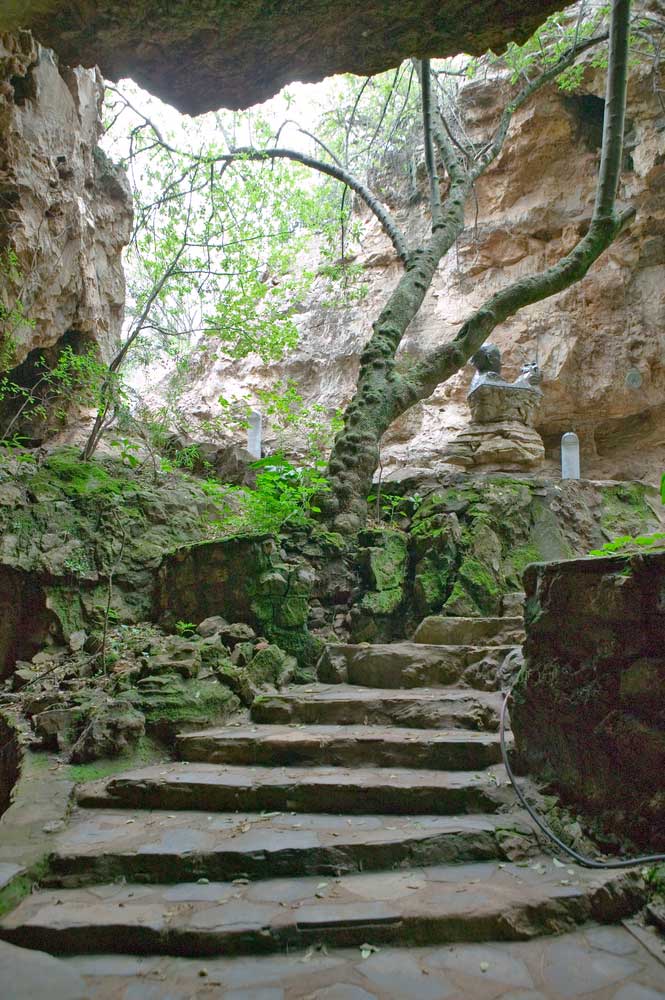
Fossil Hominid Sites
The Fossil Hominid Sites in South Africa, also known as the Cradle of Humankind, are of paramount importance in understanding human evolution. This site is one of the world’s richest concentrations of hominid fossils, providing crucial evidence of human evolution and the development of modern human behavior.
The area includes a complex of limestone caves where numerous fossils have been discovered, including some of the oldest hominid remains ever found. These sites offer invaluable insights into the ancestors of modern humans and are essential for the study of human evolutionary history.
The Cradle of Humankind continues to be an active site of archaeological and paleontological research, attracting scientists and visitors from around the world.
Final Thoughts
The UNESCO World Heritage Sites, from the spiritual resonance of San Antonio Missions to the ancient depths of the Wieliczka Salt Mines and beyond, offer a kaleidoscopic view of our world’s diverse cultural and natural heritage.
Each site, be it the vibrant streets of Willemstad or the profound archaeological significance of the Fossil Hominid Sites, presents a unique narrative, enriching our understanding of human history and the natural world.
These destinations are not just travel locations; they are vivid chapters in the story of our planet, beckoning explorers to experience, learn, and cherish.
